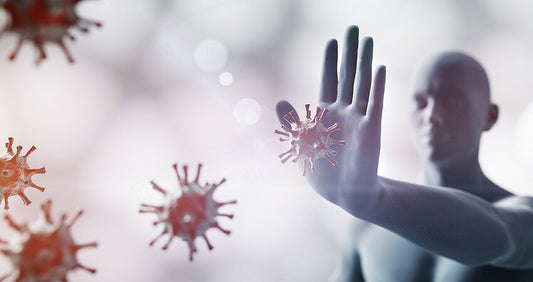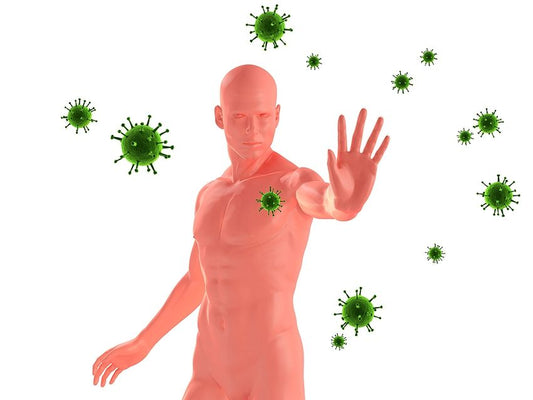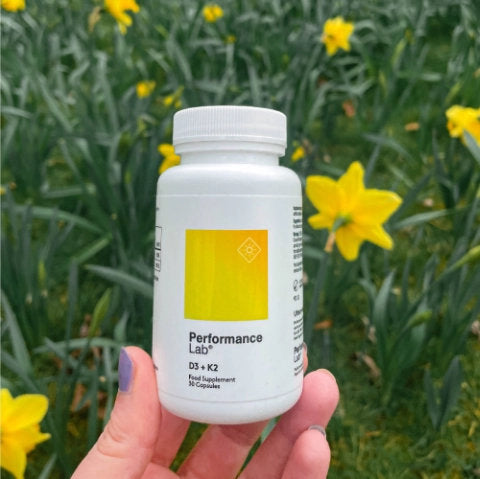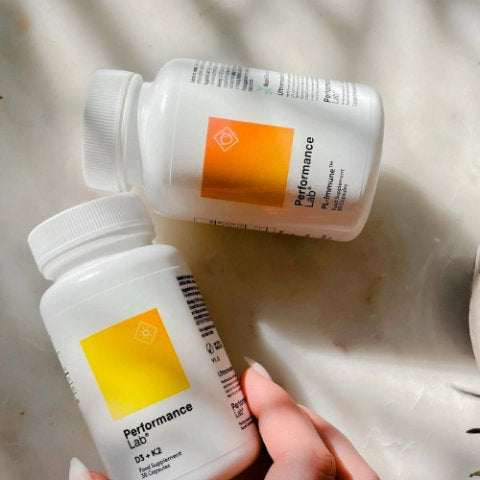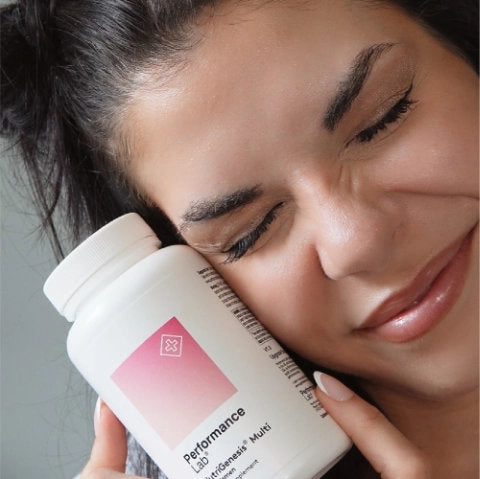Whether you’ve cut yourself in the kitchen or experiencing allergies to the pollen and grass infiltrating your nose, the immune system is involved in plenty of activities that keep your body safe and healthy.
These immune responses are how your body recognizes and defends itself against pathogens like bacteria, viruses, and other foreign substances. Without these reactions (and strong and healthy immune responses), we’d be in for a heck of a time staying healthy.
If you know anything about the immune system, you’ve probably heard about the two subdivisions: the innate and adaptive immune systems. These are systems developed to handle pathogens, but they do so in different manners depending on the exposure.
While the adaptive immune system is known to have a memory function, the “non-specific” innate immune system doesn’t ---or does it?
We’re diving into the research and giving you the details on the innate immune system and new research suggesting it may have some semblance of memory.
Let’s get started.
What Is The Innate Immune System?
As we mentioned, the immune system is broken down into two subdivisions: the innate or non-specific immune system and the adaptive (acquired) or specific immune system. These subsystems work closely to recognize, neutralize, and eliminate harmful substances that could compromise health and trigger an immune reaction.
The body’s first line of defense against non-self pathogens is the innate immune response, also called the non-specific immune response. This branch comprises physical, chemical, and cellular defenses that neutralize and eliminate pathogens 1.
The main goal of the innate immune response is to prevent pathogens or foreign bodies from moving and spreading throughout the body.
Unlike the adaptive immune system, which has specific reactions to recognize pathogens, the innate immune system responds similarly against all foreign substances; this is why it’s called the “non-specific” immune system.
It produces an immediate response (within 0 to 96 hours) to detect and destroy invading cells that breach a physical barrier.
The innate immune system consists of:
- Skin and mucous membranes
- Immune system cells (defense cells) and proteins
The immune cells of the innate immune system are:
- Macrophages
- Neutrophils
- Dendritic cells
- Mast cells
- Basophils
- Eosinophils
The innate immune response mainly uses immune cells like natural killer cells and phagocytes, but if a foreign pathogen breaches the physical barriers, it will trigger a local inflammatory reaction that consists of scavenger cells and proteins (enzymes) to neutralize harmful compounds.
The Basics Of Immunological Memory
While we don’t typically think about immunological memory with the innate immune system, recent research suggests it may have some capacity to remember. But before diving into the details, let’s look at immunological memory.
One of the most important consequences of the adaptive immune responses is the development of immunological memory---the ability of the immune system to respond faster and more effectively to pathogens it’s previously encountered 2.
These memory responses depend on how many antigen exposures the body has had; they are secondary, tertiary, and so on and differ from primary responses. This can be seen by looking at the antigens produced during the first response compared to any subsequent response.
The adaptive immune system’s immunological memory relies on cues from the innate immune response. When an adaptive immune response is activated to a pathogen that hasn’t been encountered before---this is called a primary response---plasma cells antibodies and concentrations of differentiated T cells increase, eventually plateauing over time.
But as B-cells and T-cells mature into effector cells, a portion of the naïve (non-mature) populations differentiates into B and T-memory cells with the same antigen specificities.
Does The Innate Immune System Have Memory?
So, does the innate immune system have any form of memory? While it was initially thought that the innate immune system was devoid, recent research suggests that innate myeloid and lymphoid cells may have some ability to retain memory of prior pathogen exposure, which primes them to elicit robust, broad-spectrum responses when these pathogens are reencountered. This is known as innate immune memory or trained immunity 3.
Innate immune memory develops from activating pattern recognition receptors and the specific actions of cytokines on hematopoietic progenitors (red blood cells) and stem cells in bone marrow and innate leukocytes in systemic circulation 3.
Other research suggests that natural killer cells may be limited in recognizing specific pathogens. Still, once activated by cytokines, they can respond more efficiently and effectively when called for subsequent activation.
The mechanism of how innate memory forms is somewhat complex and beyond the scope of this article, but the point here is that the innate immune system may possess some memory capabilities.
Studies also suggest that this innate immune memory could contribute to the pathogenesis of chronic diseases like atherosclerosis and Alzheimer’s disease.
How To Naturally Support Immunity
Maintaining the health of your immune system shouldn’t be rocket science. With proper sleep, a balanced diet, and regular physical activity, it should be easy to strengthen your immune responses.
But for times when you’re a little extra stressed or didn’t sleep enough, reach for Performance Lab PL-Immune™. It’s a dynamic probiotic and antioxidant stack designed to recharge and activate five types of immune cells for robust, long-range immune responses.

PL-Immune™ restores weakened defenses, then activates various immune cells to help them coordinate, multiply, and perform, providing broad-range support no matter the circumstance.
References
- org (Internet). Cologne, Germany: Institute for Quality and Efficiency in Health Care (IQWiG); 2006-. The innate and adaptive immune systems. . Available from: https://www.ncbi.nlm.nih.gov/books/NBK279396/
- Janeway CA Jr, Travers P, Walport M, et al. Immunobiology: The Immune System in Health and Disease. 5th edition. New York: Garland Science; 2001. Immunological memory. Available from: https://www.ncbi.nlm.nih.gov/books/NBK27158/
- Sherwood ER, Burelbach KR, McBride MA, et al. Innate Immune Memory and the Host Response to Infection. J Immunol. 2022;208(4):785-792. doi:10.4049/jimmunol.2101058

